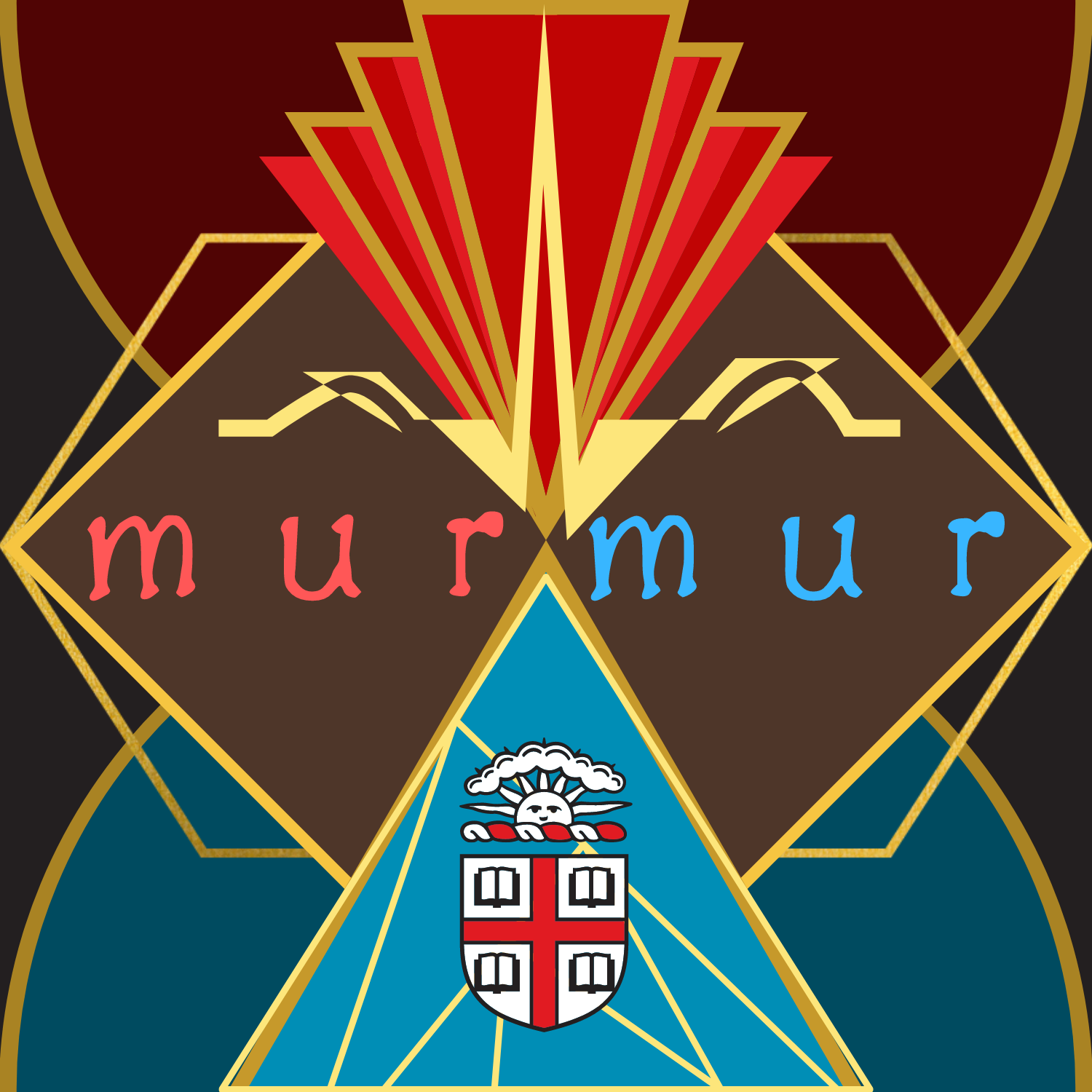After the first day of anatomy lab, I called my dad. As an internal medicine physician who completed medical school in Pakistan and his residency in Chicago, my dad was a part of the diaspora of Pakistani physicians who moved to the US some twenty-five years ago. “Where were your cadavers from?” I asked the fifty-two-year-old man who began to think back to his days of youth and learning. “Sri Lanka,” he said, “the Buddhists there liked to donate their bodies to science.”
I was initially surprised by his response. Perhaps I was expecting these preserved vessels to come from a more local source. But more so, I realized that I was relieved that my father had performed dissections on consenting bodies. What I discovered from this reaction, was that what allowed me to walk into anatomy lab on that very first day, allowed me to pick up my tools fefeand cut, poke, and prod this still, lifeless being in front of me was the fact that this woman had donated her body to medicine so that I could learn from it.
In “Bodies of Strangers”, Montross reflects on how anatomy lab provides us with a window into the human body, and that the very inanimacy of that body provokes emotion within us. When I read her reflection, I felt myself understanding this experience. A student from the lab group next door appeared to my right and hovered over the body in front of me, peering at hole in between the cadaver’s lungs and then bringing his gaze over to the heart in my hands. “May I take a look?” he asked. I nodded and gently handed over the heart, making sure it was well-situated within his double-gloved fingers. “You guys have a good heart,” he remarked, turning it over again and again, going over the coronary arteries and great vessels in his head. Was it an appreciation of our dissection technique or a lauding of the form of the heart itself? Was it a compliment that should receive a “thank you?” It seemed all the etiquette I had learned in the “civilian” world was no longer applicable.
At first, I didn’t know how to respond. But then I found myself appreciating the eighty-year-old woman for “giving” us all that she had so far. To this lifeless body, I had attributed an action of a living person because I felt that even past her death, the choices she made in life were alive today before us. I found my hand patting her right arm almost affectionately as my own heart filled with appreciation for all the knowledge and experiences that her body was providing us with. It seemed one of my lab partners was feeling the same way I did, because she remarked, “we’re lucky to have her.”
In his article “Thoughts on Gross Anatomy” in Annals of Internal Medicine, Eric Michael David reflects on his dissection experiences, which he felt separated him from his “civilian” friends. “Civilians,” he explains, can only postulate about how the belly button connects to the stomach, while we medical students demystify – part by part – to whatever extent we can, the human vessel that we call our own.
From my medical student experiences so far, I am realizing the great privilege of having such intimate experiences with not only the human physical form, but also with patients who I will interview and to whom I will ask very personal and private questions. It is a privilege that I will continue to appreciate, learn from, and reflect on as more of these educational opportunities are provided to me.
Heba Haleem, MD’22 is a first-year medical student on a mission to cultivate a reflective writing scene at Brown.

